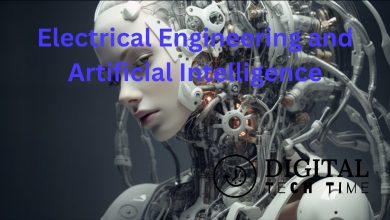Intro to Artificial Intelligence: Learn with Udacity in 2023
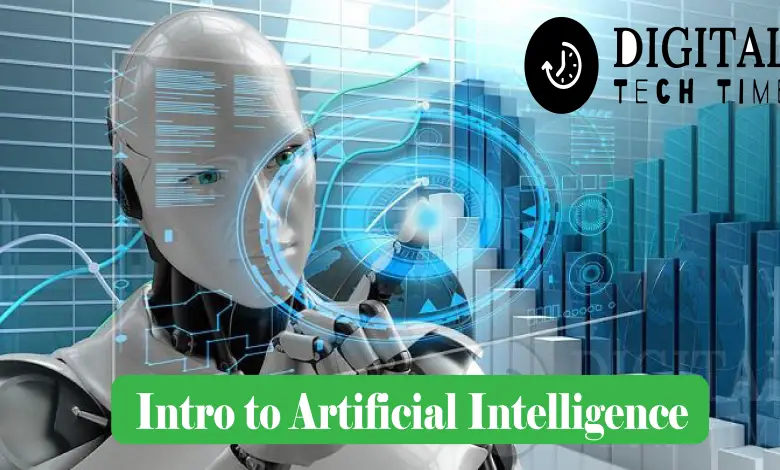
Intro to Artificial Intelligence Udacity is a course designed to provide students with a comprehensive introduction to the basics of AI. The course covers a wide range of topics, including machine learning, probabilistic reasoning, robotics, computer vision, and natural language processing. The course is divided into several modules, each covering a specific topic in detail.
The course is suitable for students with a basic understanding of programming and computer science. It is designed to be accessible to beginners but also provides enough depth to be useful for more advanced students. The course is self-paced, allowing students to learn at their own speed and on their own schedule. The course includes a combination of video lectures, quizzes, and programming assignments, providing students with a hands-on learning experience.
History of Artificial Intelligence
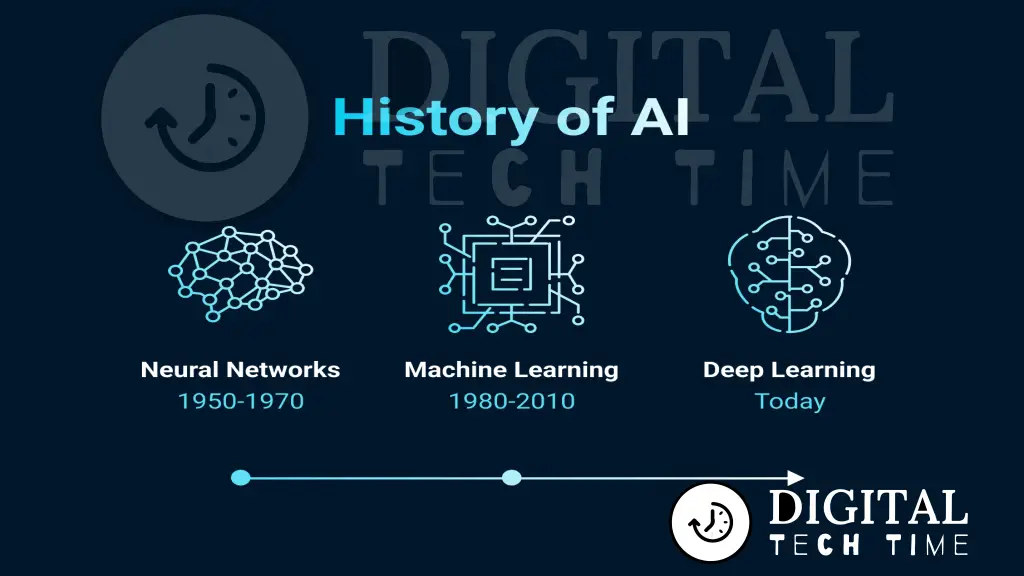
Artificial Intelligence (AI) is a field of computer science that focuses on creating intelligent machines that can perform tasks that typically require human intelligence, such as visual perception, speech recognition, decision-making, and language translation. The history of AI dates back to the 1950s when researchers began exploring the possibility of creating machines that could think and learn like humans.
In 1956, the field of AI was officially born at a conference held at Dartmouth College, where researchers developed the first AI program capable of solving algebraic word problems. Over the next few decades, AI research progressed rapidly, with researchers developing new algorithms and techniques for machine learning, natural language processing, and computer vision.
In the 1970s and 1980s, AI experienced a period of hype and optimism, with many experts predicting that intelligent machines would soon be able to perform a wide range of tasks, from driving cars to diagnosing diseases. However, these predictions proved to be overly optimistic, and progress in AI research slowed down in the 1990s.
In the early 21st century, AI research experienced a resurgence, thanks to advances in computing power, big data, and machine learning algorithms. Today, AI is used in a wide range of applications, from virtual assistants and chatbots to self-driving cars and facial recognition systems.
Despite the progress that has been made in AI research, there are still many challenges to overcome, such as developing machines that can reason and understand context like humans do. As AI continues to evolve, it is likely that it will play an increasingly important role in our daily lives, transforming the way we work, communicate, and interact with the world around us.
Key Takeaways
- Intro to Artificial Intelligence Udacity provides a comprehensive introduction to the basics of AI, covering topics such as machine learning, probabilistic reasoning, robotics, computer vision, and natural language processing.
- The course is designed to be accessible to beginners but also provides enough depth to be useful for more advanced students.
- The course is self-paced, allowing students to learn at their own speed and on their own schedule, and includes a combination of video lectures, quizzes, and programming assignments.
Essential Concepts in AI
Artificial Intelligence (AI) is a broad field that encompasses various subfields such as machine learning, natural language processing, computer vision, robotics, and more. In this section, we will discuss some of the essential concepts in AI that are covered in the Intro to Artificial Intelligence course offered by Udacity.
Machine Learning
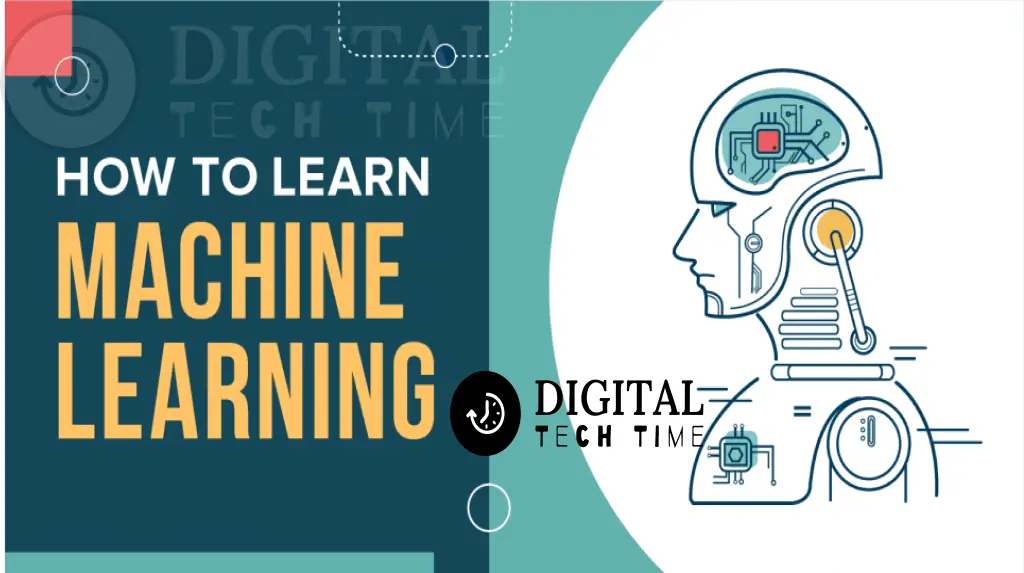
Machine Learning (ML) is a subfield of AI that focuses on developing algorithms that can learn from data and make predictions or decisions without being explicitly programmed. In other words, ML algorithms can automatically improve their performance by learning from experience.
The Intro to Artificial Intelligence course covers various ML techniques such as supervised learning, unsupervised learning, and reinforcement learning. It also introduces learners to popular ML libraries such as sci-kit-learn and TensorFlow.
Neural Networks
Neural Networks (NN) are a type of ML algorithm that is inspired by the structure and function of the human brain. NNs consist of layers of interconnected nodes (neurons) that process and transmit information.
The Intro to Artificial Intelligence course covers the basics of NNs, including feedforward neural networks, backpropagation, and activation functions. It also introduces learners to popular NN libraries such as Keras and PyTorch.
Deep Learning
Deep Learning (DL) is a subfield of ML that uses NNs with many layers to learn complex representations of data. DL has achieved remarkable success in various applications such as image recognition, natural language processing, and speech recognition.
The Intro to Artificial Intelligence course covers the basics of DL, including convolutional neural networks (CNNs) and recurrent neural networks (RNNs). It also introduces learners to popular DL frameworks such as TensorFlow and PyTorch.
In conclusion, the Intro to Artificial Intelligence course offered by Udacity covers various essential concepts in AI such as machine learning, neural networks, and deep learning. By learning these concepts, learners can gain a solid foundation in AI and prepare themselves for advanced topics in the field.
AI Algorithms and Techniques
Search Algorithms
Search algorithms are an essential part of AI. They are used to find solutions to problems by searching through a large space of possible solutions. There are various types of search algorithms, including:
- Breadth-First Search (BFS): This algorithm searches the tree level by level, starting from the root node and moving to the next level only after all nodes on the current level have been visited.
- Depth-First Search (DFS): This algorithm searches the tree by exploring as far as possible along each branch before backtracking.
- Uniform-Cost Search (UCS): This algorithm searches the tree by considering the cost of each path and choosing the one with the lowest cost.
- A Search*: This algorithm combines the benefits of both BFS and UCS by considering the cost of each path and also using a heuristic function to estimate the cost of reaching the goal.
Optimization Algorithms
Optimization algorithms are used to find the best solution to a problem. They are commonly used in machine learning, where the goal is to find the best set of parameters to minimize the error between predicted and actual values. Some of the most popular optimization algorithms used in AI include:
- Gradient Descent: This algorithm is used to minimize a loss function by iteratively adjusting the parameters in the direction of the steepest descent.
- Stochastic Gradient Descent (SGD): This algorithm is similar to Gradient Descent but uses a random sample of data points to update the parameters, making it more efficient for large datasets.
- Adam Optimization: This algorithm is an extension of SGD that adapts the learning rate for each parameter based on the historical gradients.
- Genetic Algorithms: This algorithm is inspired by natural selection and uses a population of candidate solutions that evolve over time through selection, crossover, and mutation.
Overall, AI algorithms and techniques are constantly evolving and improving, making it an exciting field to explore and learn.
AI Applications
Artificial Intelligence (AI) has a wide range of applications in various fields. This section will explore some of the applications of AI, including Natural Language Processing, Computer Vision, and Robotics.
Natural Language Processing
Natural Language Processing (NLP) is a subfield of AI that deals with the interaction between humans and computers using natural language. It involves the analysis of human language and the development of algorithms that can understand and generate natural language. NLP has numerous applications, including:
- Chatbots: AI-powered chatbots are used by businesses to provide customer support and answer queries.
- Sentiment Analysis: NLP algorithms can be used to analyze social media posts and customer feedback to determine the sentiment of the text.
- Language Translation: NLP algorithms can be used to translate text from one language to another.
Computer Vision
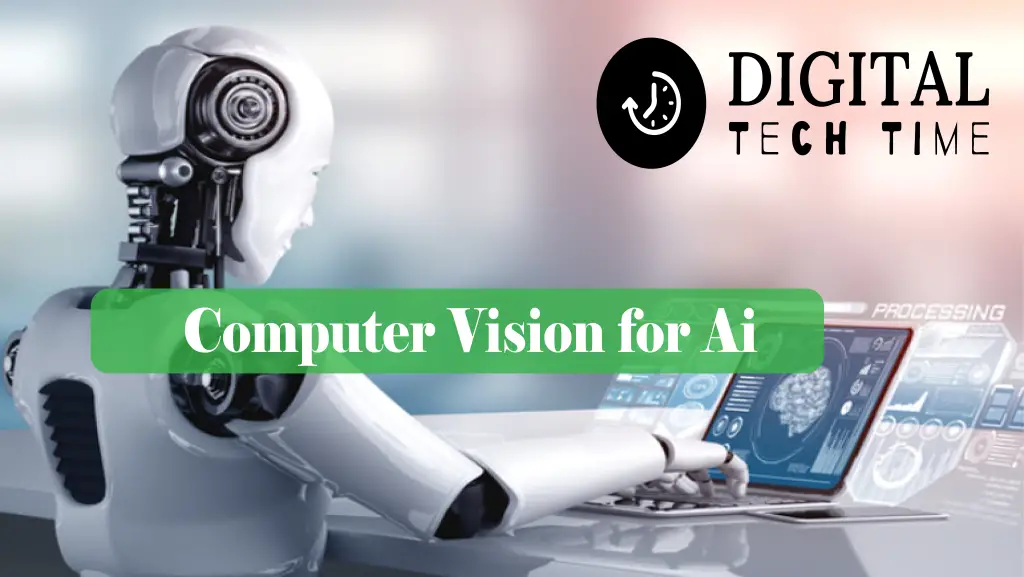
Computer Vision is another subfield of AI that deals with the interpretation of visual data from the world around us. It involves the development of algorithms that can analyze and understand images and videos. Computer Vision has numerous applications, including:
- Object Recognition: Computer Vision algorithms can be used to recognize objects in images and videos.
- Facial Recognition: Computer Vision algorithms can be used to recognize faces in images and videos.
- Autonomous Vehicles: Computer Vision algorithms are used in self-driving cars to help them navigate and avoid obstacles.
Robotics
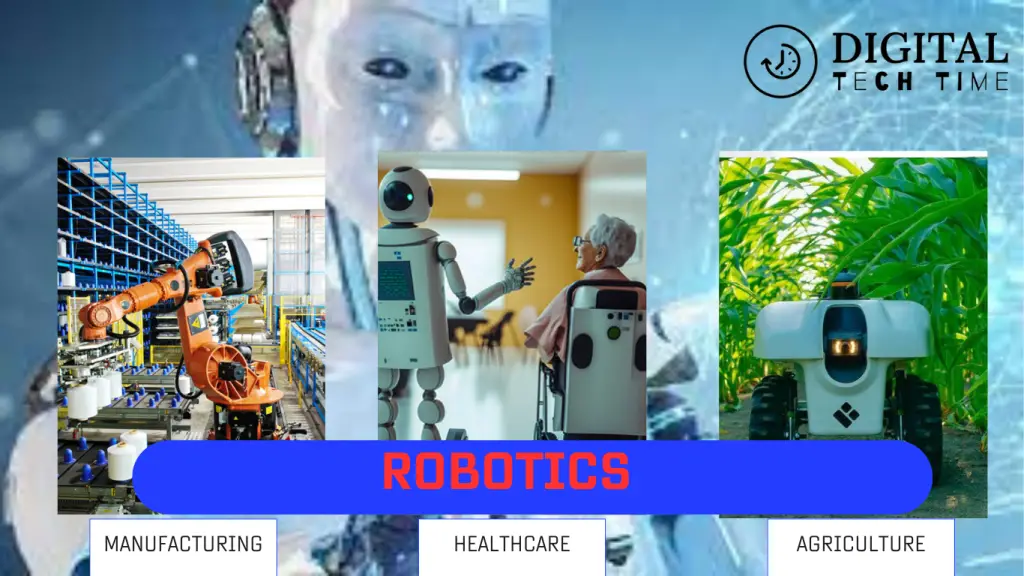
Robotics is the field of engineering and science that deals with the design, construction, and operation of robots. AI plays a significant role in robotics, enabling robots to perform complex tasks autonomously. Robotics has numerous applications, including:
- Manufacturing: Robots are used in manufacturing to perform repetitive tasks with high precision and accuracy.
- Healthcare: Robots are used in healthcare to perform surgeries and assist patients with mobility.
- Agriculture: Robots are used in agriculture to automate tasks such as planting, harvesting, and spraying pesticides.
In conclusion, AI has numerous applications in various fields, including Natural Language Processing, Computer Vision, and Robotics. These applications have the potential to revolutionize industries and improve our daily lives.
Ethical Considerations in AI
As AI technology continues to advance, it is important to consider the ethical implications of its use. The following are some of the key ethical considerations in AI:
Bias and Fairness
One of the main ethical considerations in AI is the potential for bias. AI systems are only as unbiased as the data they are trained on, and if the data is biased, the AI system will be biased as well. This can lead to unfair treatment of certain groups of people, such as those of a certain race or gender. It is important to ensure that AI systems are designed to be as fair and unbiased as possible and to continuously monitor and adjust them to minimize bias.
Privacy
AI systems often require large amounts of data to function properly. This can raise concerns about privacy, as personal information may be collected and used without individuals’ knowledge or consent. It is important to ensure that AI systems are designed with privacy in mind and that individuals have control over their own data.
Transparency and Explainability
AI systems can be complex and difficult to understand, which can make it challenging to determine how decisions are being made. This lack of transparency can lead to mistrust and scepticism of AI systems. It is important to design AI systems that are transparent and explainable so that individuals can understand how decisions are being made and have confidence in the technology.
Safety
AI systems have the potential to cause harm if they malfunction or are used improperly. For example, self-driving cars could cause accidents if they are not designed and tested properly. It is important to ensure that AI systems are designed with safety in mind and that appropriate safeguards are in place to prevent harm.
Overall, it is important to consider the ethical implications of AI and to design systems that are fair, transparent, and safe. By doing so, we can ensure that AI technology is used in a responsible and ethical manner.
Future of AI
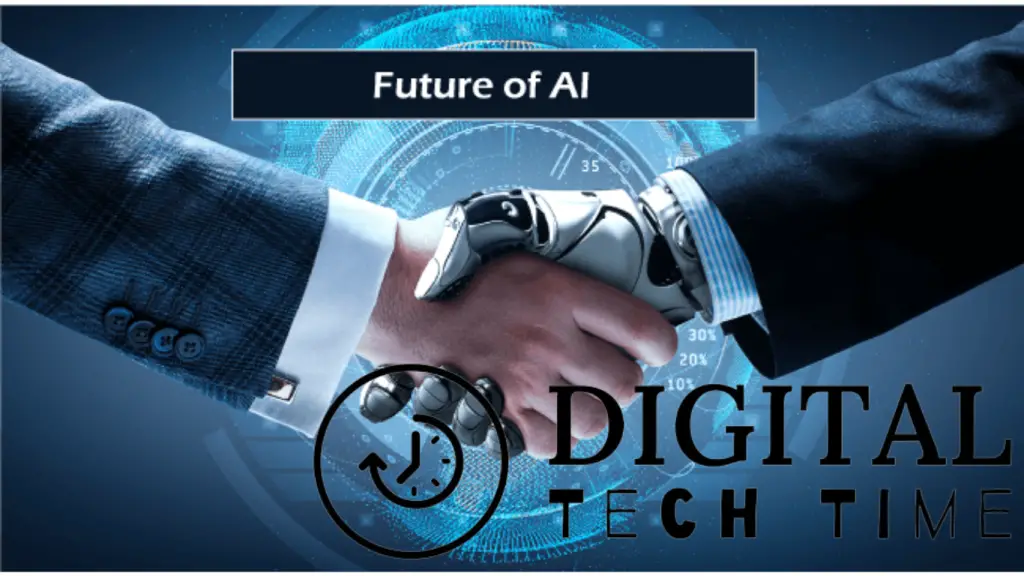
Artificial intelligence is transforming the world in ways that were previously unimaginable. As technology continues to advance, AI is becoming more sophisticated and capable of performing tasks that were once the sole domain of humans. The future of AI is bright, and it is expected to have a profound impact on virtually every aspect of our lives.
Increased Automation
One of the most significant impacts of AI on the future is increased automation. AI-powered machines and robots are already performing tasks that were once done by humans, and this trend is set to continue. As AI becomes more advanced, it will be able to perform even more complex tasks, leading to increased efficiency and productivity in many industries.
Enhanced Decision Making
Another major benefit of AI is enhanced decision-making. AI algorithms can analyze vast amounts of data and provide insights that humans may miss. This can lead to better decision-making in fields such as healthcare, finance, and transportation, among others.
Improved Personalization
AI is also expected to improve personalization in many areas. For example, AI-powered recommendation engines can provide personalized product recommendations to consumers based on their past behaviour and preferences. This can lead to a better customer experience and increased sales for businesses.
Ethical Considerations
As AI becomes more advanced and ubiquitous, there are also ethical considerations that must be taken into account. For example, there are concerns about the impact of AI on employment and the potential for bias in AI algorithms. It is important for society to grapple with these issues and ensure that AI is developed and used in a responsible and ethical manner.
In conclusion, the future of AI is exciting and full of promise. As AI continues to evolve, it will have a profound impact on virtually every aspect of our lives. While there are certainly challenges to be addressed, the potential benefits of AI are vast, and it is up to us to ensure that we harness this technology in a responsible and ethical manner.
Course Summary
Intro to Artificial Intelligence is a free online course offered by Udacity. This course is designed to provide an introduction to the basics of AI, including machine learning, probabilistic reasoning, robotics, computer vision, and natural language processing. It is an intermediate-level course that does not require any prior experience.
The course is divided into five lessons that cover different aspects of AI. The first lesson introduces the basics of AI and its applications. The second lesson covers machine learning and its different types. The third lesson focuses on probabilistic reasoning, including Bayesian networks and Markov decision processes. The fourth lesson covers robotics, including robot motion planning and control. The final lesson covers computer vision and natural language processing.
Throughout the course, students will work on programming assignments and quizzes to test their understanding of the material. At the end of the course, students will have the opportunity to build a Sudoku solver and solve constraint satisfaction problems.
The course is taught by Sebastian Thrun, a renowned AI expert and founder of Udacity. Thrun is also a professor of computer science at Stanford University and a former Google Fellow. With his expertise and experience, he provides a clear and knowledgeable presentation of the material.
Overall, Intro to Artificial Intelligence is an excellent course for anyone interested in learning about AI. It provides a solid foundation for further study and is a great starting point for those who want to pursue a career in AI.
Reach out more about Artificial Intelligence: Dive into the world of Artificial Intelligence. Discover AI breakthroughs, trends, and insights. Your gateway to the future of technology!
Frequently Asked Questions
What are the best AI courses available online?
There are several AI courses available online, but the best ones are those that provide comprehensive coverage of the subject matter. Some of the highly recommended AI courses include Introduction to Artificial Intelligence by Udacity, Machine Learning by Coursera, and Artificial Intelligence A-Z by Udemy. Each of these courses provides a solid foundation in AI concepts and techniques.
How long does it take to learn AI for beginners?
The amount of time it takes to learn AI for beginners varies depending on the course and the individual’s learning pace. However, most AI courses take anywhere from a few weeks to several months to complete. It is important to note that learning AI is an ongoing process, and it requires continuous learning and practice to stay up-to-date with the latest advancements in the field.
What are the elements of artificial intelligence?
The elements of artificial intelligence include machine learning, natural language processing, computer vision, robotics, and expert systems. These elements work together to enable machines to perform tasks that typically require human intelligence, such as recognizing patterns, making decisions, and understanding language.
Is the Introduction to Artificial Intelligence course by Udacity free?
The Introduction to Artificial Intelligence course by Udacity is available for free. However, students who wish to earn a certificate of completion and access additional resources may need to pay a fee.
Can AI be learned for free by beginners?
Yes, beginners can learn AI for free by taking advantage of the many free resources available online. Some of the best free resources for learning AI include online courses, tutorials, and open-source software libraries.
What is the Artificial Intelligence Nanodegree by Udacity?
The Artificial Intelligence Nanodegree by Udacity is a comprehensive program that provides students with a deep understanding of AI concepts and techniques. The program covers topics such as machine learning, deep learning, and computer vision. Students who complete the program will have the skills and knowledge needed to build AI applications and systems.





